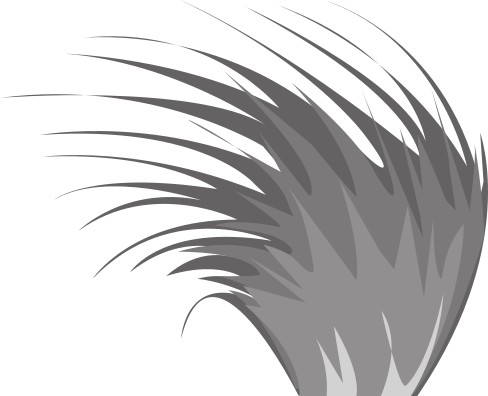The invisible world of floral odours: How plants attract, manipulate and deceive flower visitors
Talk / Seminar on Wednesday 21st of March 2007, 01:00 PM (18 years ago)
Contact: Trish Fleming | trish.fleming@botany.otago.ac.nz | (03) 479 7577
Talk by Dr Andreas Jurgens, Marsden Postdoc, HortResearch and Landcare Research Lincoln, New Zealand. Botany Department Seminar. Many plant species need insects as pollen vectors and floral characters are interpreted as adaptations to the most effective pollinators. Floral odours are found in the vast majority of flowering plants and they play an important role in plant-pollinator interactions. From a plant's perspective volatiles are used to attract, manipulate and even deceit flower visitors for the purpose of pollination. I will illustrate the role of floral volatiles with examples from different plant families that are associated with specific pollinator groups such as the Annonaceae (beetles), Asclepiadaceae (flies), Caryophyllaceae (moths), Ranunculaceae (bees). Some tropical Annonaceae flowers look like fruits and have a fruity aroma to attract small beetles. Stapeliad flowers (Asclepidaceae) emit a noticeable strong and fetid scent resembling that of carrion, urine or dung to attract flies - sometimes without offering any food. In moth-pollinated Silene species (Caryophyllaceae) with pleasant, perfume like odours we find a fine tuned system in which the time of odour emission as well as spatial patterns of the volatiles from a single flower guides flower visitors to the nectar source. In the buttercup family (Ranunculaceae) genera-specific pollen odour patterns may explain the association with pollen-specific bees. Union Street Lecture Theatre, (following the seminar by Dana Dudle at 12 noon).
